What are the Key Aspects of Formalism?
There are seven basic
elements to photographic art:
These consist of ——>
- Definition of Formalism:

- Line
- Shape
- Form
- Texture
- Colour
- Size
- Depth
Line
According to https://www.bhphotovideo.com/ :
The correct definition of “Line” in photography is
- The Merriam-Webster definition of “line” comprises 15 parts, 46 sections, and 41 subsections.
- A straight or curved geometric element that is generated by a moving point and that has extension only along the path of the point.
There are multiple types of lines such as…
- Straight, Curved
- Vertical, Horizontal
- Solid, Dashed or Interrupted
A straight line may convey a feeling or impression of calmness and togetherness, however a zig- zag line may imply a more rushed, energetic tone.
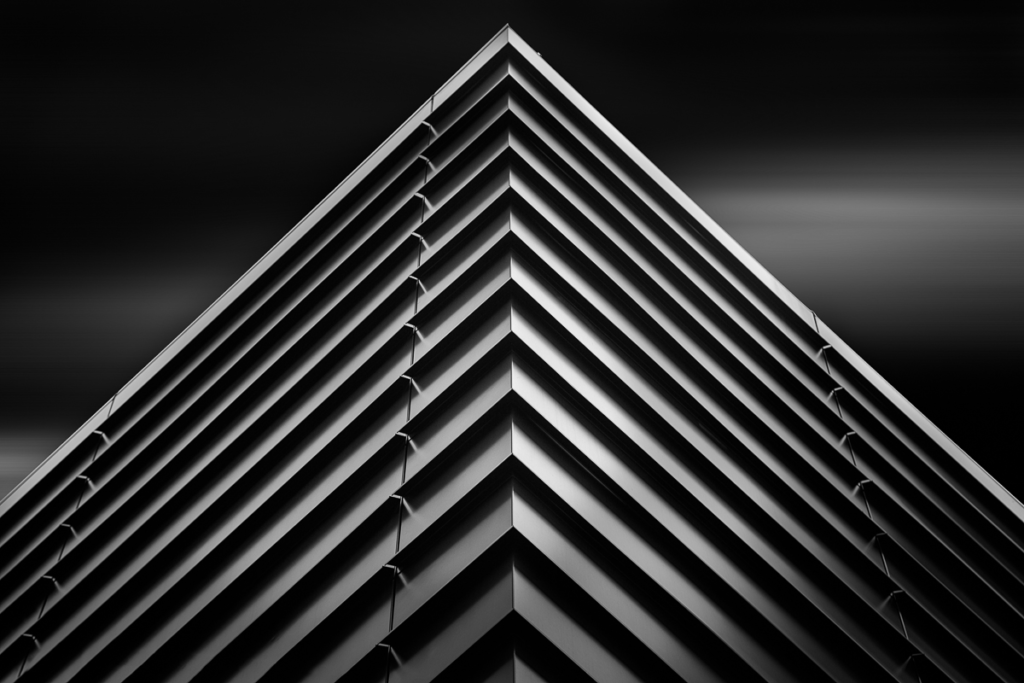
Lines in a photograph add emphasis on the subject matter or conveying a sense of movement.
I then took my own photos to represent ‘Lines’
Shapes
- The Merriam-Webster definition of “shape” that we are concerned with as photographic artists is:
- 1 a : the visible makeup characteristic of a particular item or kind of item
- 1 b (1) : spatial form or contour
- 1 b (2) : a standard or universally recognized spatial form
Shapes are two-dimensional. They can be measured by overall height and width.
Different shapes, when they intersect and overlap, can combine to create a new shape.
THE TWO BASIC TYPES OF SHAPE ARE:
- Geometric – circle, triangle, rectangle, rhombus, square and trapezoid.
- Organic – found in nature, such as plants, animals, and rocks.
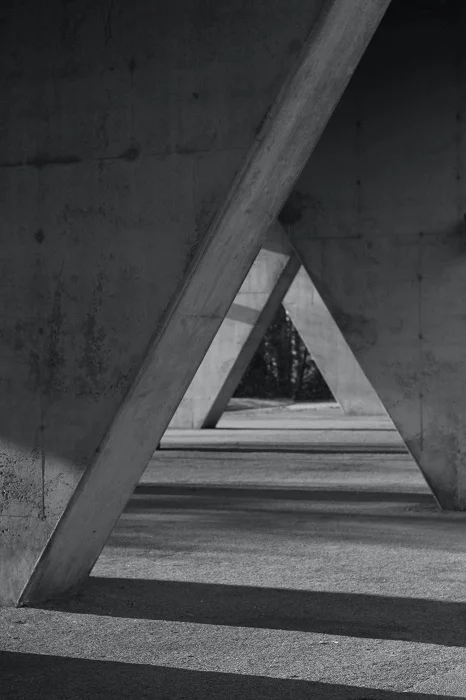

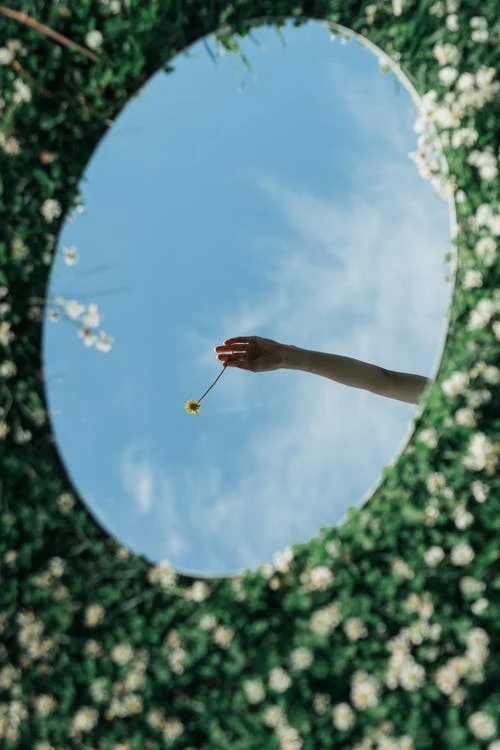
I then took my own photos to represent ‘Shapes’

To represent ‘shape’ I constructed a spoon, knife and fork into a triangle shape.
Form
- The Merriam-Webster definition of “form” comprises 12 parts, 27 sections, and 4 subsections:
- 1 a: the shape and structure of something as distinguished from its material
Form is three-dimensional. Form has overall height, width, and depth.
The two types of forms are geometric forms such as:
- Cube
- Cone
- Cylinder
However, There is also organic forms such as the objects that are all around us in the world.

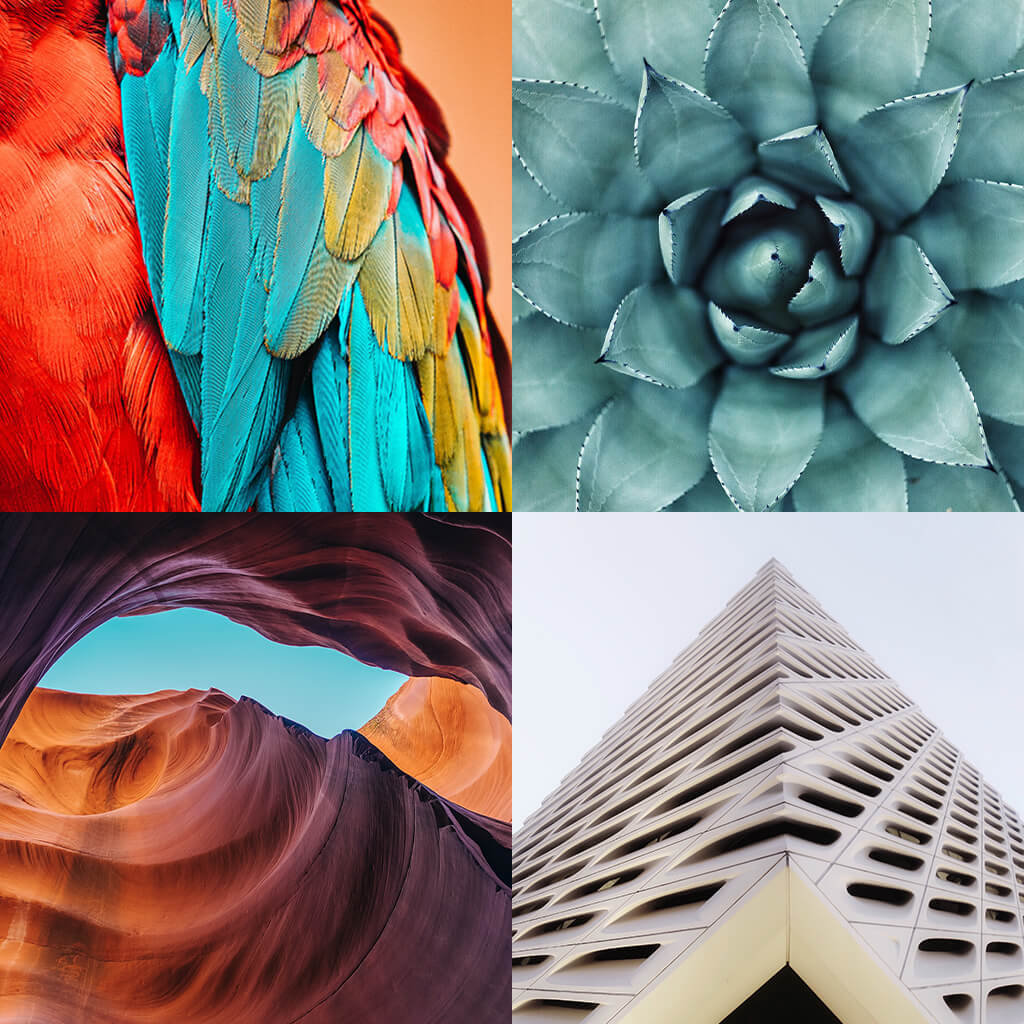
Texture
- The Merriam-Webster definition of “texture” is:
- the visual or tactile surface characteristics and appearance of something.
There are many different types of textures such as:
| Smooth | Prickly |
|---|---|
| Fluffy | Silky |
| Rough | Velvety |
| Sticky | Bristly |
| Bumpy | Feathery |
‘How is texture shown in photography?’
-Texture becomes most visible through the use of light and shadow.
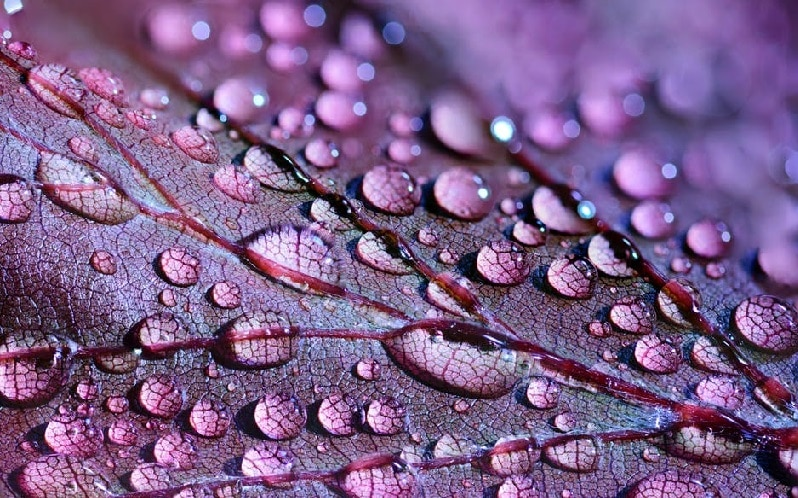
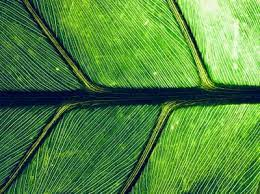
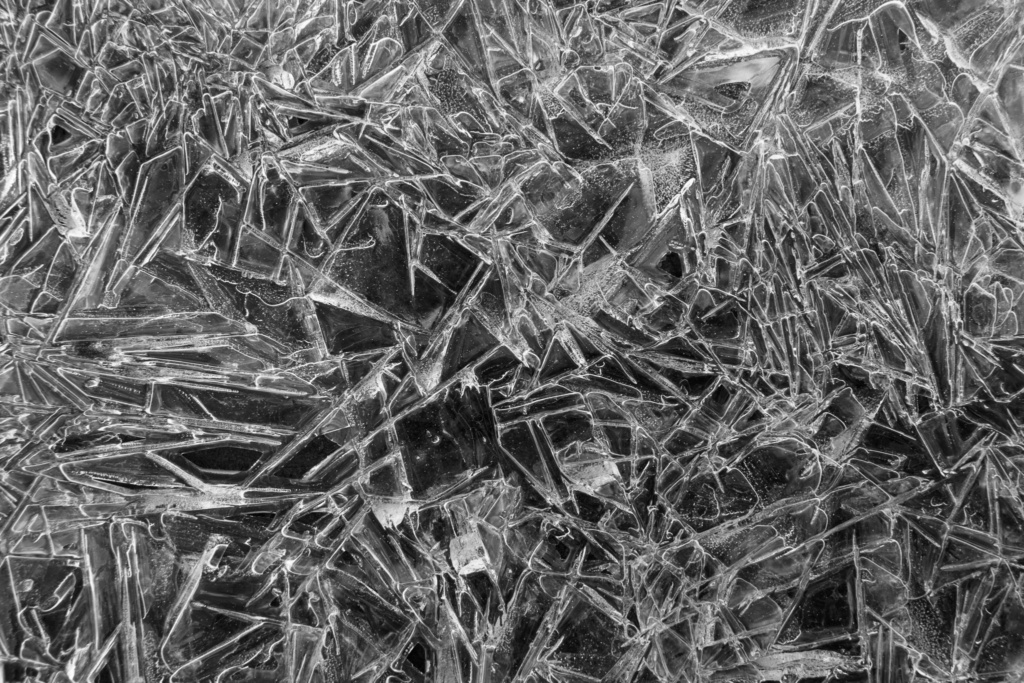
Colour
- The Merriam-Webster definition of “colour” that we, as photographic artists, are concerned with is:
- 1 a : a phenomenon of light (such as red, brown, pink, or grey) or visual perception that enables one to differentiate otherwise identical objects.
- b (1) : the aspect of the appearance of objects and light sources that may be described in terms of hue, lightness, and saturation for objects and hue, brightness, and saturation for light.
- also : a specific combination of hue, saturation, and lightness or brightness.
Colour has three properties: hue, value, and saturation.
The main 3 properties of colour are :
-Hue
– Saturation
-Value
There are bright and bold colours that create an impression of happiness, joy and energy. These colours may consist of red, yellow, green, blue, purple etc.
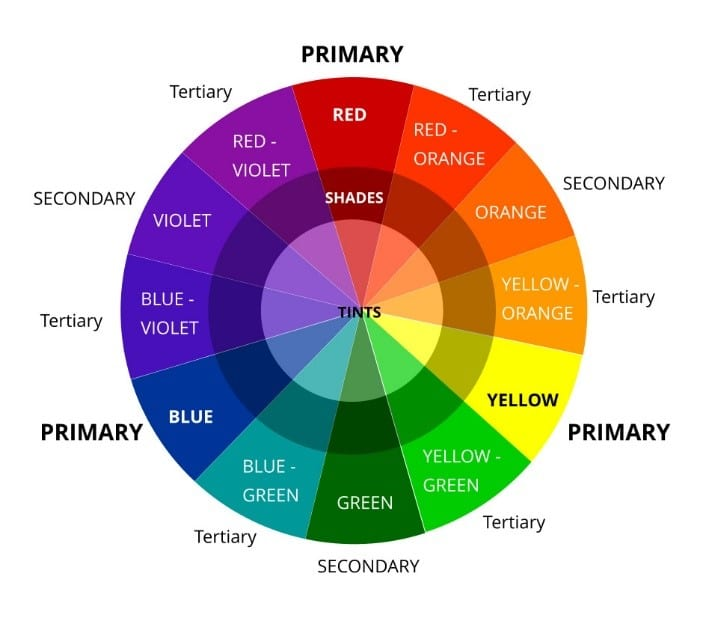
There are also dull and darker colours that create an impression of darkness, sadness and solemn that help convey mood. These colours may consist of black, white, grey and any darker shades.
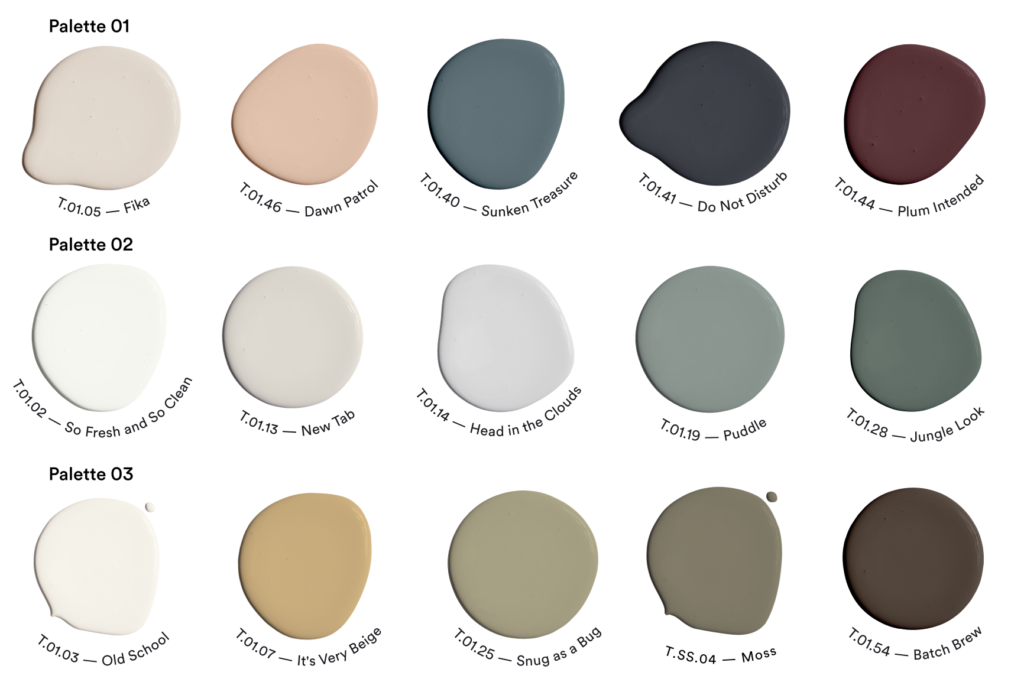
Size
- The Merriam-Webster definition of “size” that we, as photographic artists, are concerned about is:
- 1 a : physical magnitude, extent, or bulk : relative or proportionate dimensions.
Size in a photograph is relative and can be an illusion.
THE ONLY 3 MAIN TYPES OF SIZE ARE:
- Large
- Medium
- Small
Getting close to an object can help a photographer to emphasize size without actually changing the size or shape of an object.


I then took my own photos to represent ‘Size’
Depth
- The Merriam-Webster definition of “depth” that we, as photographic artists, are concerned about is:
- 2 b: the direct linear measurement from front to back.
Depth of field consists of:
- aperture
- focus distance
- focal length
- circle of confusion
Depth of Field photography can be defined as the space in the image that is relatively sharp and in focus.
To be able to create a photo with a good depth of field, It has been proven that pointing a light at something, whether near you or behind other objects, and your eyes will be drawn to focus there.





Rosie, a good blog post that can achieve more marks if you respond to each formal element with your own images and add to blog post for further analysis/ comparison.